The City of San Pablo is gifted with seven beautiful lakes and an environment that protects the city from natural disasters. These natural features made Mayor Loreto “Amben” S. Amante choose tourism as a major flagship program of his administration.
According to Amante, he drew inspiration for his decision from the Tourism Act of 2009. It stated that “tourism is an indispensable element of the national economy and an industry of national interest and importance, which must be harnessed as an engine of socio-economic growth and cultural affirmation to generate investment, foreign exchange and employment, and to continue to mold an enhanced sense of national pride for all Filipinos.”
“It is along this policy direction that I chose tourism as one of the flagship programs of my administration,” he explained.
To realize his vision, the city government—through the Office of the City Tourism Officer (OCTO)—came up with the Tourism Master Plan (TMP) that “responds to the call of harnessing local resources, both natural and social cultural, as a vehicle of socio economic development.”
San Pablo City’s TMP entails a budget of roughly P364.33 million. The TMP is the overarching rationale that addresses the key development objectives of poverty alleviation, employment generation, income redistribution, people empowerment and environment and natural resources conservation.
PREMIER TOURIST DESTINATION

Amante added that the TMP provides the comprehensive framework for the establishment and management of sustainable tourism projects in the city.
These projects are targeted to be “environment friendly, conscious of the needs of the local people, income generating, and able to ensure the satisfaction of local and foreign visitors.”
The TMP also provides a list of opportunities for tourism and tourism-related business opportunities, which entrepreneurs and other groups can invest in.
“With the full support of all stakeholders, excellent leadership and guidance of God Almighty, we hope to attain our vision of making San Pablo City a premier eco-adventure cum histo-cultural tourist destination in the CALABARZON region,” Amante said.
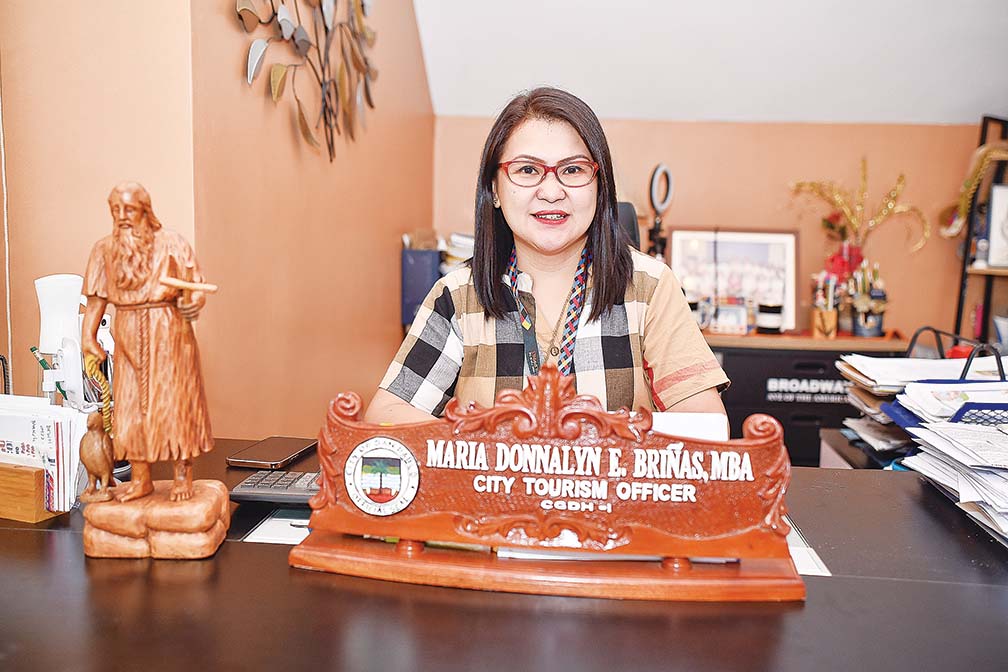
San Pablo City Tourism Officer Maria Donnalyn Briñas related that the OCTO was created based on a city ordinance back in 2011 during the time of former Mayor Vicente B. Amante.
In coming up with the TMP, Briñas said that the San Pablo City government—under the leadership and guidance of the younger Mayor Amante—saw the need to educate, increase awareness and get the residents to appreciate the tourist attractions in the city.
“We, in the San Pablo City government, believe that before San Pablo could become a tourist attraction, the local residents should be the first to appreciate what they have,” Briñas added.
To implement the TMP, Mayor Amante focused development efforts on two main attractions: the famous seven crater lakes and the city’s cultural and historical landmarks.
7 LAKES
If there is one place in the Philippines that is home to natural wonders from majestic mountains, waterfalls, springs and rivers, it is San Pablo City. Dubbed as the City of Seven Lakes, San Pablo boasts of Pandin, Yambo, Mohikap, Bunot, Palakpakin, Calibato and Sampalok lakes.
These lakes are “maars” or low-relief volcanic craters which were formed ages ago by eruptions resulting from ground water coming into contact with hot magma below the Earth’s surface. Over time, these craters eventually filled with water.
Presently all seven lakes are utilized for tilapia fish culture. There are also freshwater marine life such as hito, dalag, bangus, carpa, big head, gurami, ayungin, dulong, bakuli, bitoo, yapyap and hipon, plus kuhol.
PANDIN LAKE
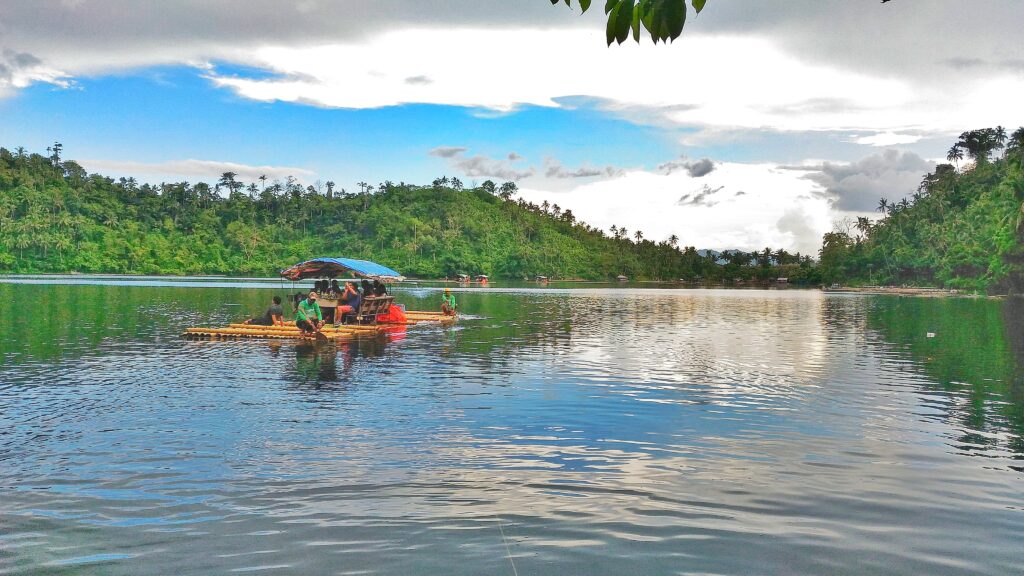
Located in Barangays San Lorenzo and Sto. Angel, Pandin Lake is 6.3 kilometers away from the City proper. With its secluded and pristine beauty, it is the most sought-after of all the lakes in terms of nature tourism. Only 20.5 hectares in total surface area, Pandin Lake is the smallest of the seven lakes but it is the second deepest at 62 meters. Getting to Pandin requires an easy 30-minute hike from the jump-off point.
Upon reaching the lake, lady paddlers await to take visitors across the blue-green waters of Pandin on board a bamboo raft. A short five-minute climb to the other side of the lake will give a commanding view of Pandin’s twin lake—Yambo.
YAMBO LAKE
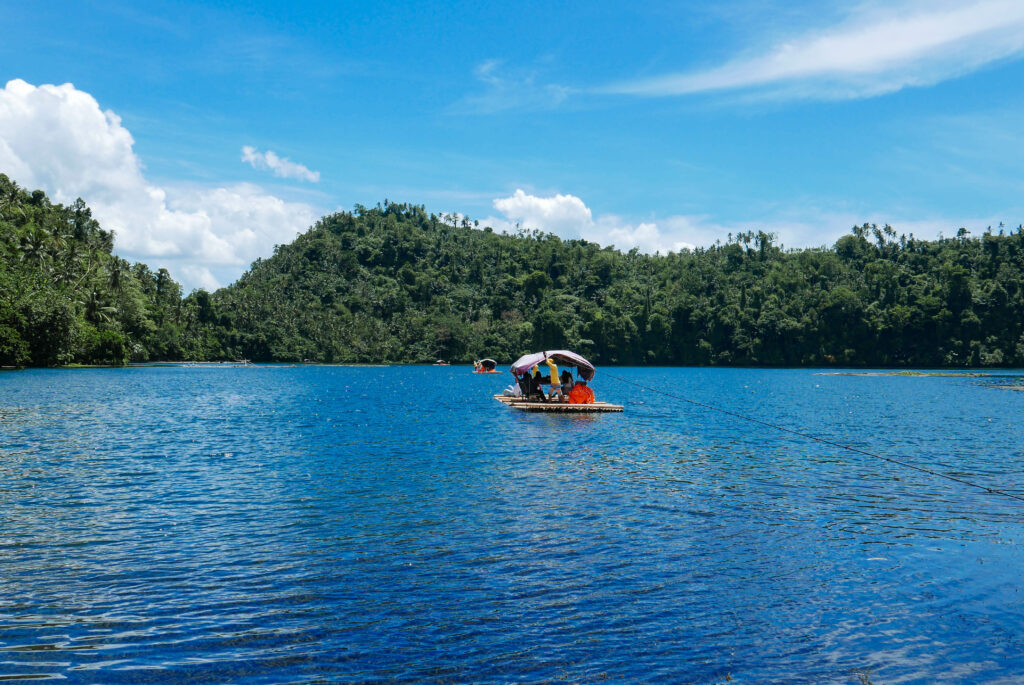
Local legends say that Yambo lake, which also lies in Barangay San Lorenzo, is more than Pandin’s twin. It is actually a “lover.” A bare strip of elevated land only separates these two lakes. Yambo’s surface area is about eight hectares larger than its twin, and has only about half of Pandin’s depth. San Pablo shares Yambo with the neighboring town of Nagcarlan.
MOHIKAP LAKE
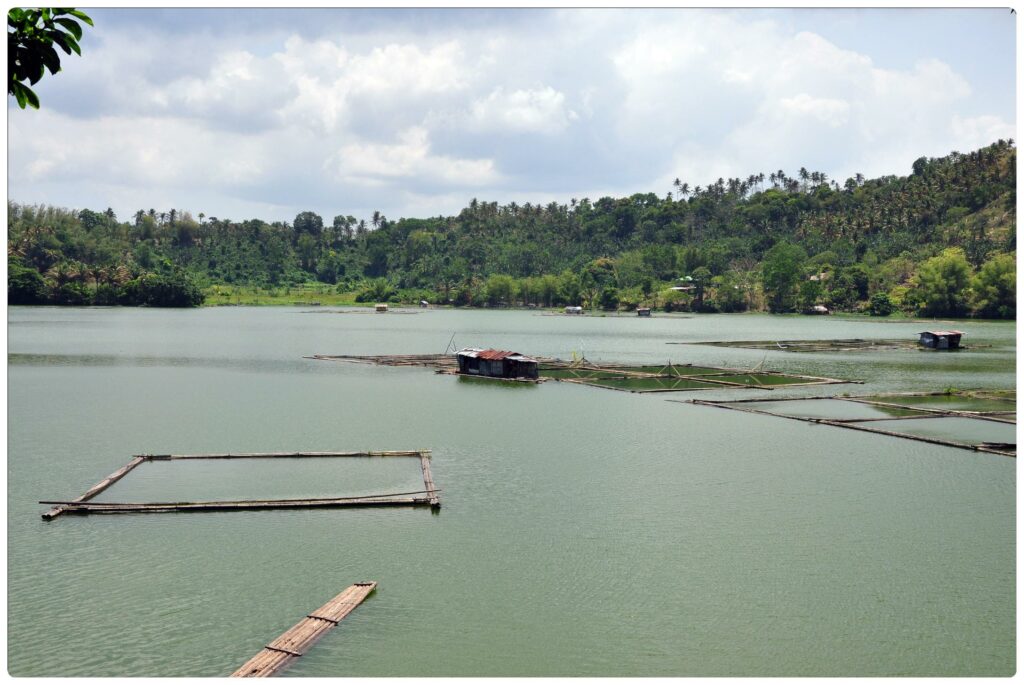
Relatively still in pristine condition, Mohikap Lake is about five kilometers from the city proper with a depth of 30 meters and a surface area of 28.5 hectares. It is located in Barangay San Buenaventura.
BUNOT LAKE

Located in Barangay Concepcion, Bunot Lake is about 2.2 kilometers from the City proper. Its surface area is 30.5 hectares with a depth of 23 meters.
PALAKPAKIN LAKE
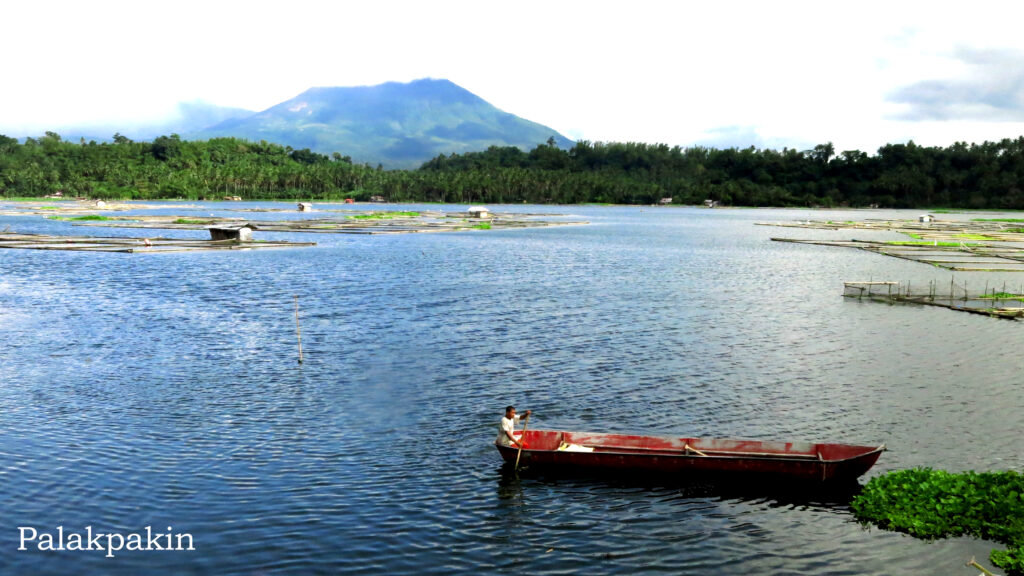
Known as the shallowest of the seven lakes (average depth of only 7.5 meters) but with a surface area of 43 hectares, which makes it the second largest, Palakpakin Lake is shared by three Barangays—San Buenaventura, San Lorenzo and Dolores.
CALIBATO LAKE

Situated in Barangay Sto. Angel, Calibato Lake is the deepest lake in San Pablo City and in the entire province of Laguna. With a maximum depth of 156 meters and a surface area of 42 hectares, Calibato holds the most capacity of fresh water at 29 cubic meters. The lake is about 6.4 kilometers away from the City proper.
SAMPALOK LAKE

With a total surface area of 102.7 hectares, Sampalok Lake is the largest of San Pablo’s seven lakes, its sheer size reaching Barangays IV-A, IV-C, V-A, Concepcion and San Lucas I. It is also the most accessible since it is located just within the City proper and right beside the City Hall.
People come to Sampalok Lake to jog or walk or just sit down and enjoy the relaxing ambience of the water surrounding a windy park that offers a soothing calmness. It has an estimated depth of 27 meters, with about 14,000 cubic meters of water holding capacity.
Among the seven lakes, only Sampalok and Pandin offer some form of tourism services. Mohikap Lake is starting to get its share of visitors, albeit small compared to the other two lakes. Still, all seven lakes and its natural environs will be developed into premier eco-adventure tourist attractions and destinations since they provide San Pablo with a strong advantage compared to the other tourist destinations in the CALABARZON region and even in other parts of the country.
Right of way issues in Lake Pandin have been resolved and road construction is on-going and nearing its completion. There are no similar issues with other lakes as land owners allow people to access the lakes. When properly developed, San Pablo City will become one of the tourism tigers, not only in the Philippines but also in the world.
HERITAGE ZONE
In addition to the seven lakes, San Pablo is known for its historical landmarks, as well as its cultural and religious heritage.
For the past years, various heritage projects had been initiated and undertaken by San Pablo City to ensure the preservation of cultural resources for the development and progress of the community.
The historical, cultural, or religious sites include:
Casa Real/Old CFI Building (now DepEd Library Hub)
During the American Regime, Don Melecio Fule, Municipal President from 1905 to 1907 initiated the construction of the government building under the supervision of the Philippine Commission, at the site of the former Casa Real.
Completion of the concrete building was done in 1914 under the term of Don Marcial Alimario. It served as Administrative Building/Municipio of San Pablo until March 30, 1940. The second floor was used to house the offices and session hall of the Court of First Instance. The ground floor housed the Judges’ offices until later in 1980, when the offices were transferred to Don Tomas Dizon Hall.
After building rehabilitation in 2008-2009, it is used as a Library Hub under the Department of Education
City Plaza
Father Cabrera, in laying out the plans for the cabecera (capital) village, has seen to it that the central plaza in front of the churchyard was made spacious with provisions around the plaza for the construction of the public buildings and school houses. Further along the aligned rectangular blocks would be the houses of the natives.
When Father Juan de Nicolas became church prior in 1696, he encouraged a massive coconut planting for long term economic benefits, for cooking and lighting.
The town plaza was lighted by oil lamps at night during patronal fiesta and holidays when there were theatrical presentations. The town plaza was deserted at night except on important business, when one should carry lighted torches to light the way.
During the day, the merchants did their business on Calle Real and on the streets as there was no vehicular traffic then. The plaza was a place where people converge for business, friendly meetings and leisure
Fule-Malvar Mansion
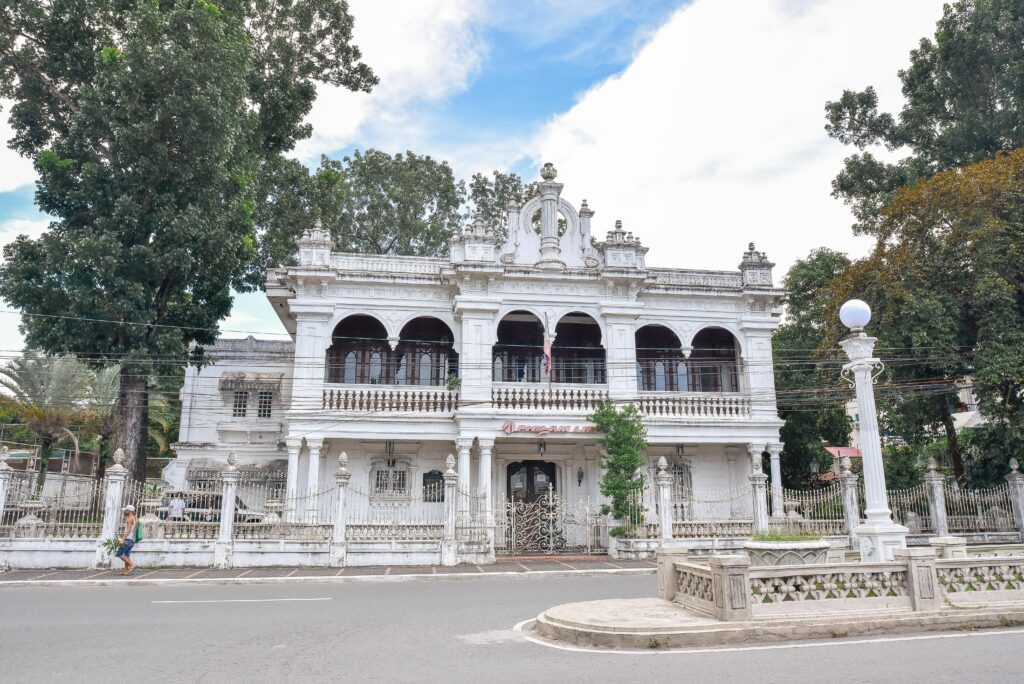
Built in Romantic Classic style in 1915, the Fule-Malvar Mansion was a home for spouses Eusebia Fule and Dr. Potenciano Malvar. It hosted distinguished guests like Presidents Manuel L. Quezon and Sergio Osmeña.
The house was inherited by the spouses, nephews and nieces who sold the property to the National Life Insurance Company in 1966. It was acquired in 1988 by the Philippine American Life Insurance Company (PhilamLife), undergoing restoration in 1990 under the supervision of the National Historical Commission of the Philippines (NHCP)
Old City Hall Building
The present location of the city hall complex was acquired in 1937 by the Municipal Government under Municipal President Inocencio Barleta.
Construction of the building was undertaken during the term of Municipal President Cristeto Brion (1938-1940).
The old City Hall Building was inaugurated with President Manuel L. Quezon as guest of honor on March 30, 1940—some 23 days before San Pablo was granted cityhood on May 7, 1940, through Commonwealth Act No. 520.
Doña Leonila Urban Park

The property was donated by Cabesang Sixto Bautista sometime in 1914-1915. It was later developed as a mini forest park in the 80s under the government’s reforestation program.
Doña Leonila Park is the only park in the city. It serves as a rest area for the locals, walkers and joggers who frequent Sampalok Lake which is only a few meters away from the park. It also serves as a rendezvous for families, friends and a venue for cultural events.
The park was named after Doña Leonila, the First Lady of President Carlos P. Garcia, in honor of their visit to the city in 1961.
Contrary to the popular impression, the lady statue at the park is not Doña Leonila Garcia. It is a statue representing mother earth and the agriculture industry of the city, with various harvests like fruits and vegetables in her hand and winnowing baskets.
Prudencia D. Fule Ancestral House/Museum for Home Economics and Industrial Arts
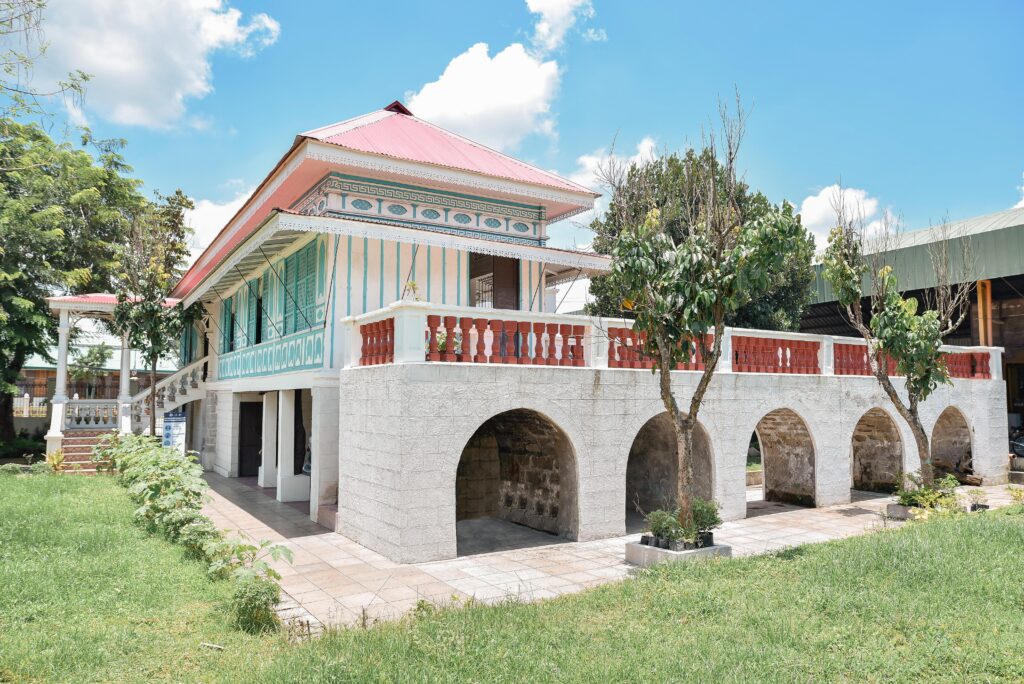
The building was originally built of stones and wood in the 1840s. It was the home of Prudencia Diones Fule, which she inherited from her parents Benedicto Fule and Roberta Dones.
“Lola Oden” as she was popularly known, remained single—a spinster all her life. The ancestral house was used as a hide-out of General Miguel Malvar whenever he was in Laguna to confer with the Katipuneros in the late 1890s.
It was also used as a shelter for the first American troops who came to San Pablo on horses at the start of the US Invasion. The heirs of Ms. Fule donated the lot where her home is, to the local government on June 27, 1961—to be used for educational purposes.
Mayor Vicente Amante in the 1990s caused the construction of a national high school annex for the youth of San Nicolas and neighboring barangays. It is named after the benefactor as the Prudencia D. Fule Memorial National High School.
Marcos-Paulino Building/Red Cross/Puericulture Center

This site was the former location of Escuela Pia, the first formal school established during the Spanish period in the last quarter of 17th century. It was said to have been built through forced labor under the administration of Capitan Damaso Alcantara.
Destroyed by a strong earthquake in 1880, It was reconstructed in 1895 by Father Ramon Caviedos. Only the rich were welcomed to enroll, and teachings had emphasis on religion.
At the end of Spanish Regime, American soldiers and Thomasites served as teachers. A Mr. Rockley was assigned as supervisor of Escuela Pia where English language was taught to the natives. Education was open to everyone.
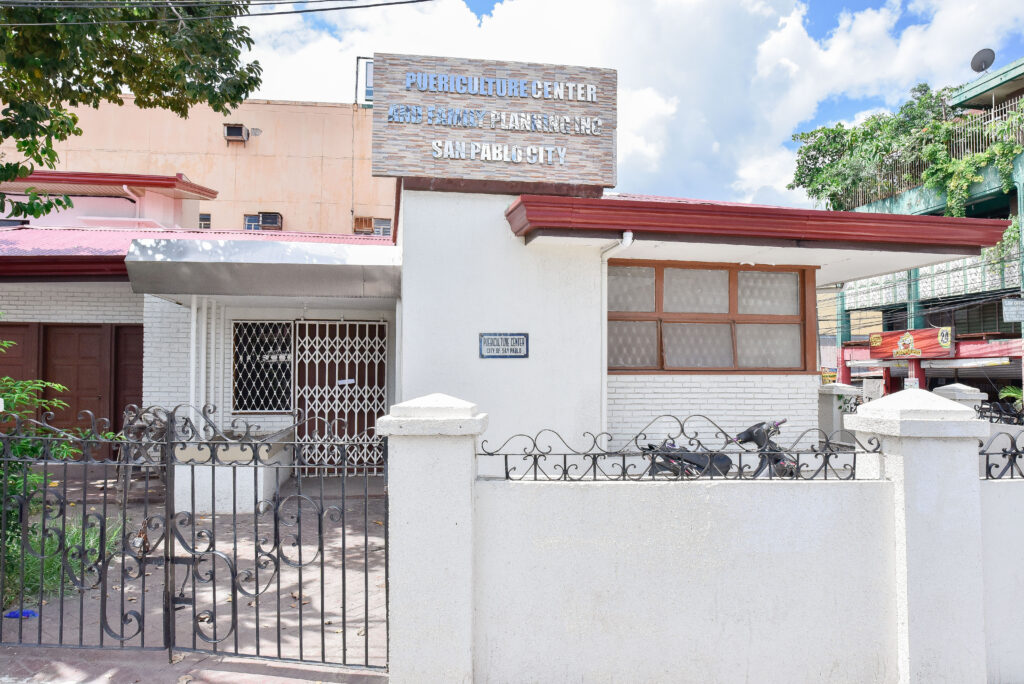
From 1908-1910 during the term of Don Cornelio Alcantara, intermediate classes were transferred to the present location of San Pablo Central School while the primary classes were left at Escuela Pia.
CULTURAL MAPPING
A cultural mapping project with the National Commission for Culture and the Arts (NCCA) was conducted to inventory the heritage elements that are iconic to San Pablo.
To achieve this goal, the City Government of San Pablo passed City Ordinance No. 2018-53 titled “Creating the City of San Pablo Heritage Zone and Historical Sites, Declaring the San Pablo City Heritage Month and Providing Funds Thereof.”
The San Pablo City Heritage District was formed with the following objectives:
Recognize the Heritage Zone’s role in helping the community and local government of San Pablo City retain a sense of place and identity;
Through the Heritage Zone, increase the level of public knowledge of heritage conservation’s social, economic, environmental and other developmental benefits;
Incorporate historic conservation concerns into disaster planning and recovery discussions and operations at the local, provincial and national levels; and
Increase the Historic District’s viability for funds under various funding agencies.
The city ordinance identified San Pablo’s city heritage zone that includes the City Cathedral zone down to the whole stretch of Rizal Avenue “inclusive of the heritage buildings and sites, government and privately owned and historical sites outside the heritage zone.”
The ordinance is also a concrete first step to preserving historical structures in San Pablo that were put up during the American Colonial era, which are the years from 1910 to 1948, such as the colonial lamp posts and concrete flower pots in the center islands, the plaza fountain, the JP Rizal monument and the San Pablo Central School that was built at the turn of the century.
Through the initiative of former Senator Loren Legarda, the National Historical Commission of the Philippines (NHCP) partially restored all government properties inside and outside the heritage zone including historical monuments in the city.
“To ensure that private establishments will help us achieve our goal, the city government has already renovated the government buildings to the style of the American colonial period. A budget of P64 million was set aside for this,” said Leonides A. Abril Jr., San Pablo City Information Officer.

Establishments that take part in this endeavor, Abril said, will enjoy discounts on real property taxes. He added that these establishments only have to renovate their facades to adopt the American colonial design.
“A number of establishments have signified their intention to participate in this endeavor. To show that the government is really serious about this project, all government structures have already been restored to fit the theme,” Abril said.
In sum, the San Pablo Tourism Master Plan is a major contributor to the socio-cultural and natural economic development of San Pablo City.



